Growing a Carbon Program
This article was originally published in the July issue of the Illinois Field & Bean magazine. Read the full article here. It seems as if we're hearing about new carbon market programs left and right these days. The myriad viewpoints can be confusing, so much so that farmers can become bewildered with unanswered questions as to which opportunity is the best option for their operation. Last year, the need for clarity for these carbon programs was recognized by several organizations, including the Illinois Sustainable Ag Partnership (ISAP), who stepped up to help answer lingering questions. ISAP, a partnership between [...]
ASA: Carbon Market Snapshot
The American Soybean Association provided a snapshot for crop producers of the carbon market landscape as of April 2021. Most of the current opportunities are for pilot projects and are not operating fully as a market at this point. Payment amounts vary and can be practice-based (with a fixed amount paid for adoption of certain conservation practices) or outcome-based (providing an amount based on the quantity of carbon sequestered as estimated through models or measured in soil tests). Nori suggests using 0.2 to 1.5 tonnes of annual carbon dioxide sequestration per acre as a rule of thumb for recently [...]
All You Need to Know About Carbon Markets
Since joining ISA as the Director of Conservation Agriculture in January, one area in particular of my responsibilities has been extremely active. The carbon market space that is currently under development changes weekly with new companies entering this space, and at first glance, it can be quite confusing. In this blog I hope to outline a series of questions that farmers can ask as they consider entering this market. The basic structure of the marketplace is comprised of entities known as intermediate-credit-purchasers (ICP), by which farmers sell their credits. These entities are either non-profit organizations or agricultural corporations and [...]
Which Carbon Farming Strategy is Right for You?
Every day, more and more articles pop up in my news feed highlighting carbon as a potential revenue source for farmers. I admit, as a soil scientist my feed may be a bit biased, but news about farming practices that store soil carbon are no longer limited to scientists or conservation-minded farmers, soil carbon has infiltrated the mainstream. In fact, over the last few months, multiple articles have been published in the popular press discussing various aspects of carbon farming ranging from proposed policies to marketplace creation to corporate, regional and national pay for performance approaches. With all this buzz, navigating through the various [...]
Innovative Biodiesel Business Opportunity
This article was originally published in the January issue of Soy Perspectives magazine. Illinois soybean farmers commonly are aware of numerous benefits that biodiesel provides versus petroleum diesel; reliable engine performance, cost effectiveness, fewer harmful emissions and a lower carbon footprint. But what farmers may not realize is new business prospects may exist if they focus on the value of carbon reduction to further build the industry. “A misconception about the value of carbon reduction exists within agriculture. But farmers can change the paradigm by more aggressively participating in the debate,” says Rebecca Richardson, Illinois Soybean Association (ISA) biodiesel [...]
Western Illinois University Evaluates Impact of Pennycress
In 2019, Western Illinois University (WIU) announced the reception of a 10 million dollar USDA-NIFA grant. WIU will be the lead institution for this grant and will collaborate with The Ohio State University, Illinois State University, University of Minnesota and the University of Wisconsin-Platteville to complete the objectives of the grant. WIU will utilize the grant to research the commercialization of pennycress as a biofuel for the aviation industry to reduce its carbon footprint. Starting in 2009, the Illinois Soybean Association has helped fund much of the early crop rotation studies at WIU looking at the impact of pennycress [...]

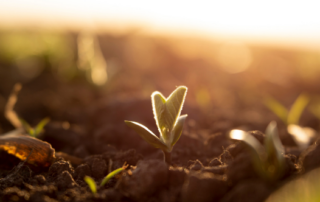
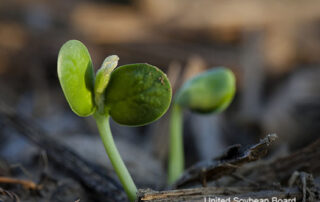
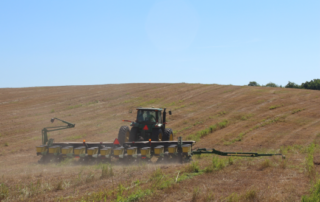
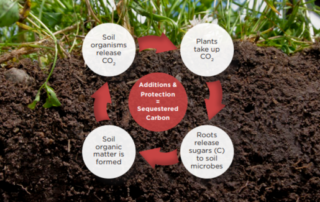
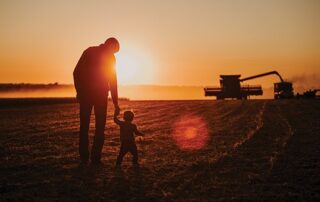
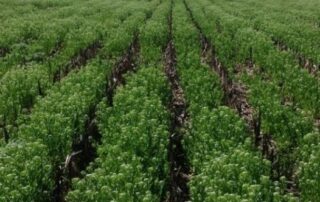

 and then
and then